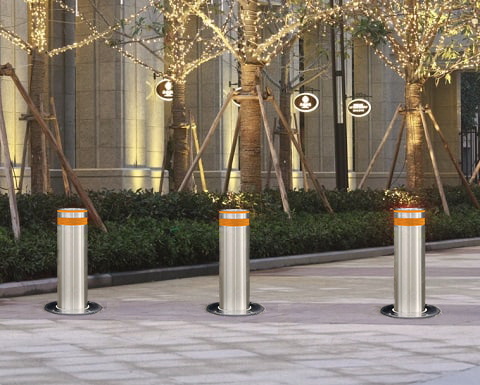Automatic bollard failure to function properly may involve a variety of problems, which usually include but are not limited to:
Power problems: Check that the power cord is well connected, that the outlet is working properly, and that the power switch is on.
Controller failure: Check whether the controller of the automatic bollard is working normally. It may be due to a failure of the controller itself that it cannot be used normally.
Motor failure: The motor may be malfunctioning, causing the automatic bollard to not function properly. Check the motor connection and operating status.
Limit switch problem: automatic bollards are usually equipped with limit switches to control the lifting range. If the limit switch fails, it may prevent the automatic bollard from stopping in the correct position.
Mechanical failure: There may be a mechanical failure within the automatic bollard, such as a broken gear or a problem with the drive train.
Safety device trigger: Some automatic bollards have safety devices that will automatically stop running when abnormal conditions are detected to ensure user safety. Check whether the safety device has been triggered and find out why.
Wiring problem: Check whether the wiring and connectors of the automatic bollard are intact. There may be problems such as open circuit or short circuit.
Control signal problem: Check whether the transmission of control signals is normal, such as whether the communication between the controller and the automatic bollard is normal.
For the above problems, you can troubleshoot them one by one. Sometimes, professionals may be required to repair or replace parts.
Please inquiry us if you have any questions about our products.
You also can contact us by email at ricj@cd-ricj.com
Post time: May-20-2024








